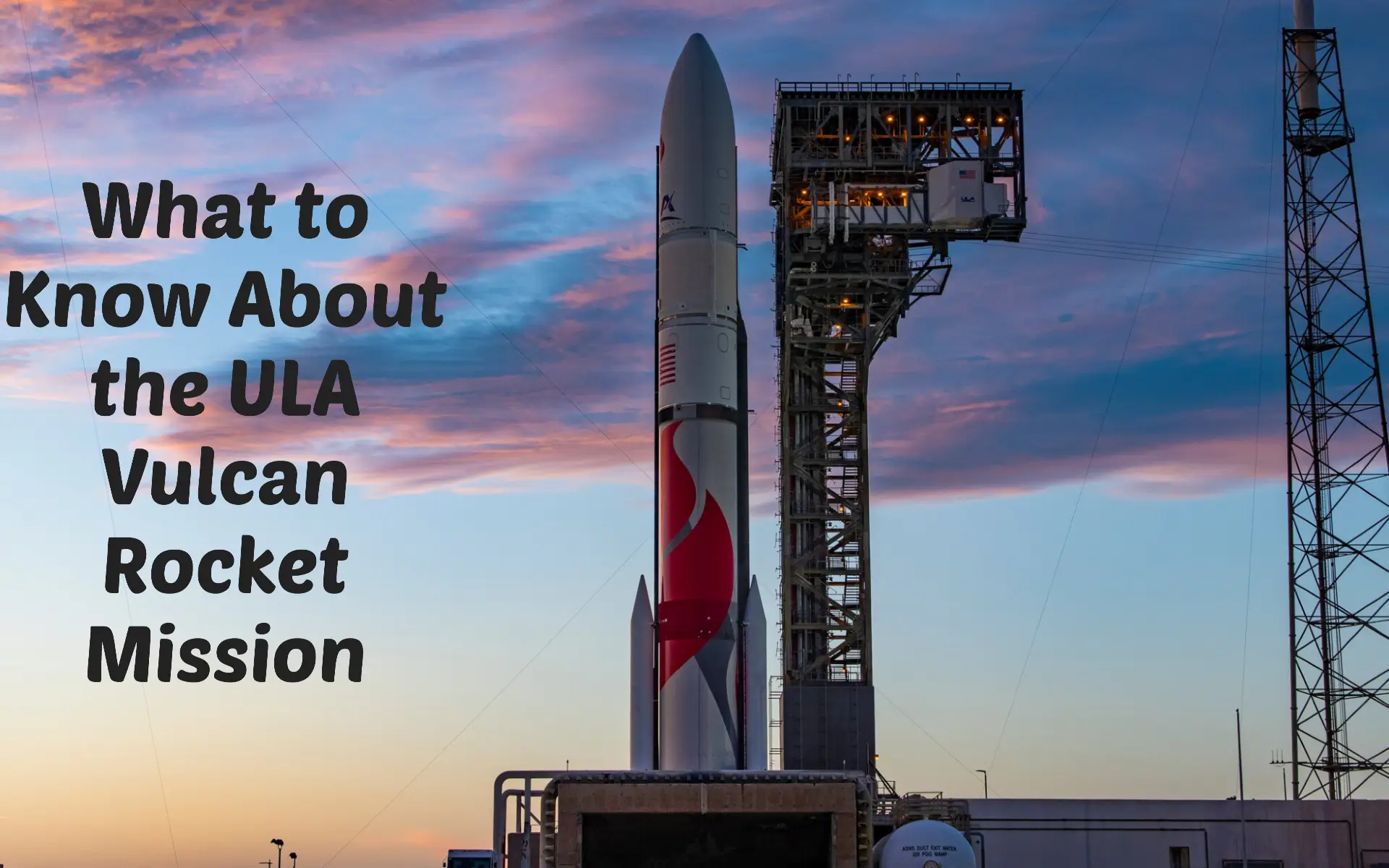In a significant milestone for space exploration, United Launch Alliance (ULA) successfully launched its brand-new Vulcan Centaur rocket on its inaugural flight to the moon. This mission, named Cert-1, marks the first time an American spacecraft will venture to the lunar surface in over 50 years.
On January 8, 2024, at 2:18 a.m. EST, the Vulcan Centaur rocket lifted off from Cape Canaveral Space Force Station in Florida. Powered by two solid rocket boosters (SRBs) and two Blue Origin-built BE-4 first-stage engines, the rocket soared into the sky with nearly 2 million pounds of thrust. The 202-foot-tall rocket, accompanied by Pittsburgh-based company Astrobotic’s Peregrine moon lander, embarked on its journey to the moon.
Astrobotic’s Peregrine lander is a robotic spacecraft carrying 20 different customer payloads, including five NASA science instruments. This mission has significant implications for NASA, as it aims to be the first American spacecraft to touch down on the moon’s surface since Apollo 17 in 1972. If successful, Peregrine will also become the first private mission to achieve a lunar landing.
The Vulcan Centaur rocket and the Astrobotic mission represent a new era in space exploration. The United Launch Alliance, a joint venture between Boeing and Lockheed Martin, developed the Vulcan rocket to replace its previous rockets, the Atlas V and Delta IV. With its enhanced capabilities and cost-effectiveness, Vulcan aims to secure a larger share of the commercial space launch market.
Astrobotic’s Peregrine lander will touch down in Sinus Viscositatis, also known as the “Bay of Stickiness,” on the moon’s near side. This enigmatic region will serve as the landing site for the five NASA experiments contracted through the agency’s Commercial Lunar Payload Services (CLPS) initiative. These experiments will help characterize the lunar environment and gather essential data for future missions.
READ ALSO: First US Moon Lander Set to Launch Monday
The development of the Vulcan Centaur rocket has been a decade-long process. The United Launch Alliance, in collaboration with the U.S. Space Force, has meticulously designed and tested the rocket to ensure its reliability and safety. Vulcan leverages the experience and technology from its predecessors, the Atlas V and Delta IV, while incorporating advancements to meet the demands of modern space exploration.
The successful launch of the Vulcan rocket opens up new commercial opportunities for the United Launch Alliance. With more than 70 Vulcan launches already sold, including contracts with Amazon for its Project Kuiper, ULA is poised to play a significant role in the growing satellite deployment market. The U.S. Space Force plans to observe two successful Vulcan launches before entrusting its payloads to the rocket. If all goes well, additional Vulcan launches will carry Space Force payloads into orbit.
The inclusion of commercial payloads on Astrobotic’s Peregrine lander has sparked controversy. Celestis and Elysium Space, companies specializing in memorializing individuals by sending their remains to space, have payloads aboard the lander. The Navajo Nation has voiced objections, considering the placement of human remains on the moon as a desecration of the sacred space. NASA officials have acknowledged the concerns and are engaging in discussions with the Navajo Nation to address the issue.
The success of the Vulcan Centaur rocket and the Astrobotic mission is a significant step forward in NASA’s Artemis program. This program aims to land astronauts on the moon by 2025 or 2026 and establish a base on the lunar surface. The Artemis base camp will be situated in the moon’s southern polar region, where water ice is abundant. Commercial Lunar Payload Services, such as the Astrobotic mission, play a crucial role in advancing NASA’s lunar exploration goals and fostering a lunar ecosystem of successful private companies.
